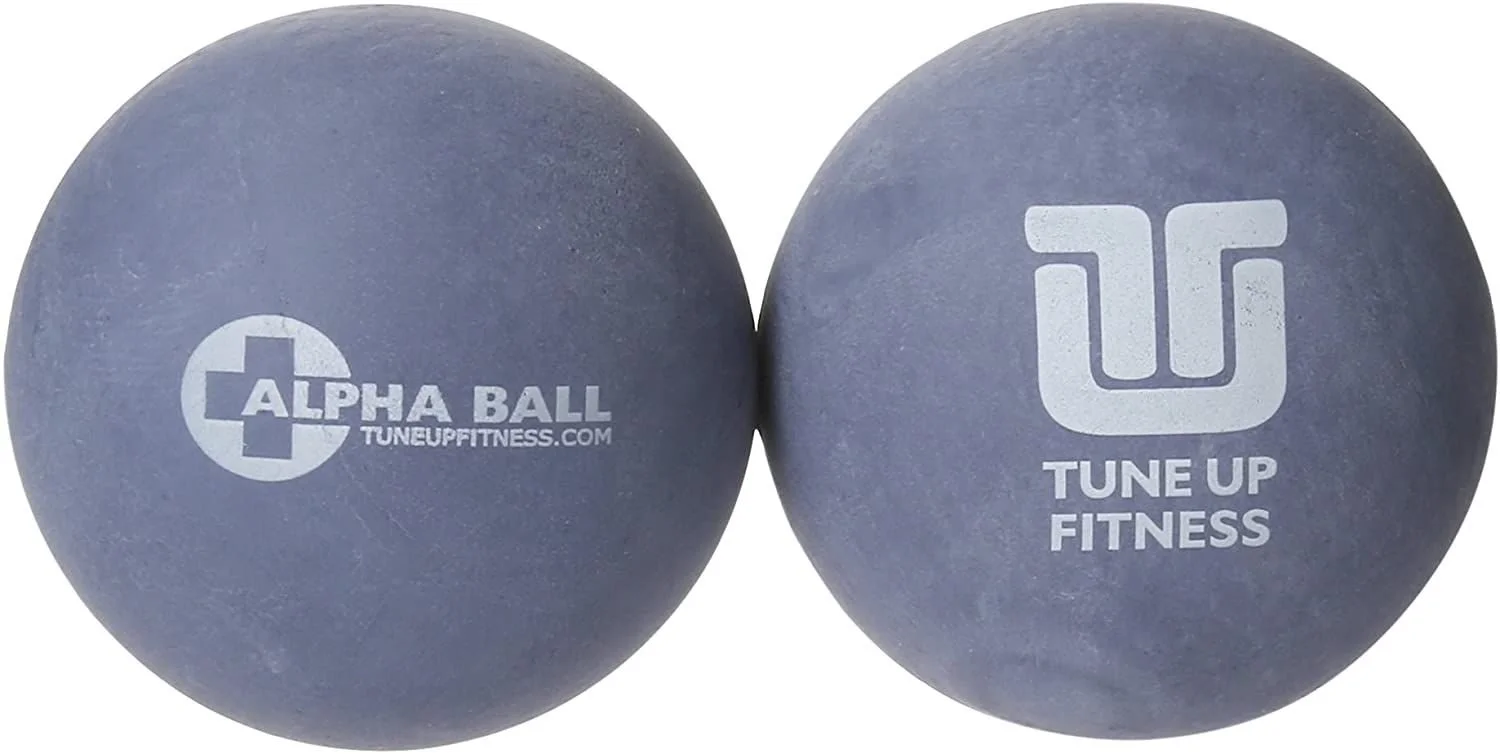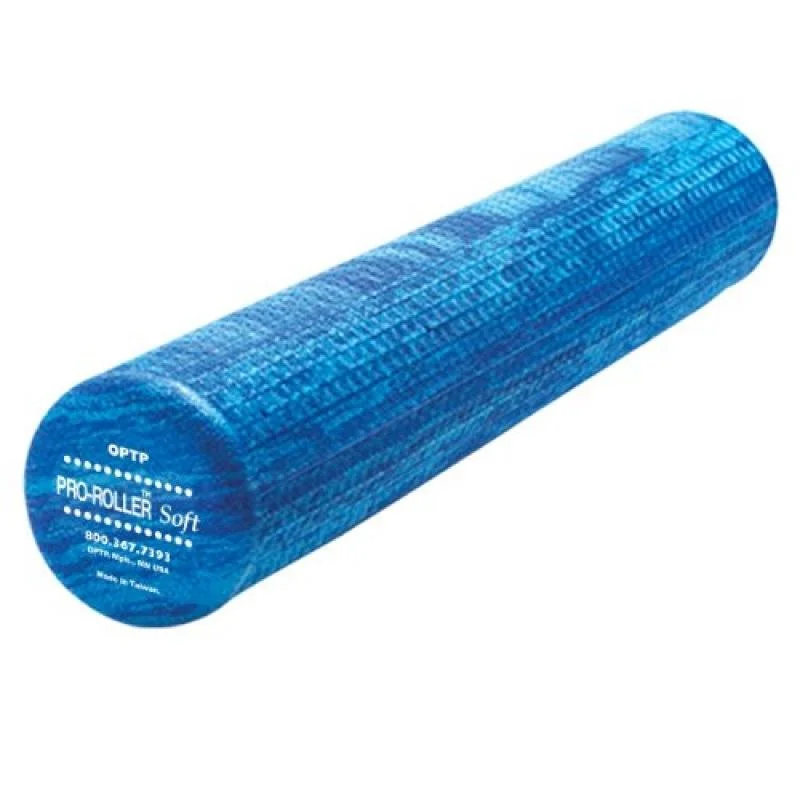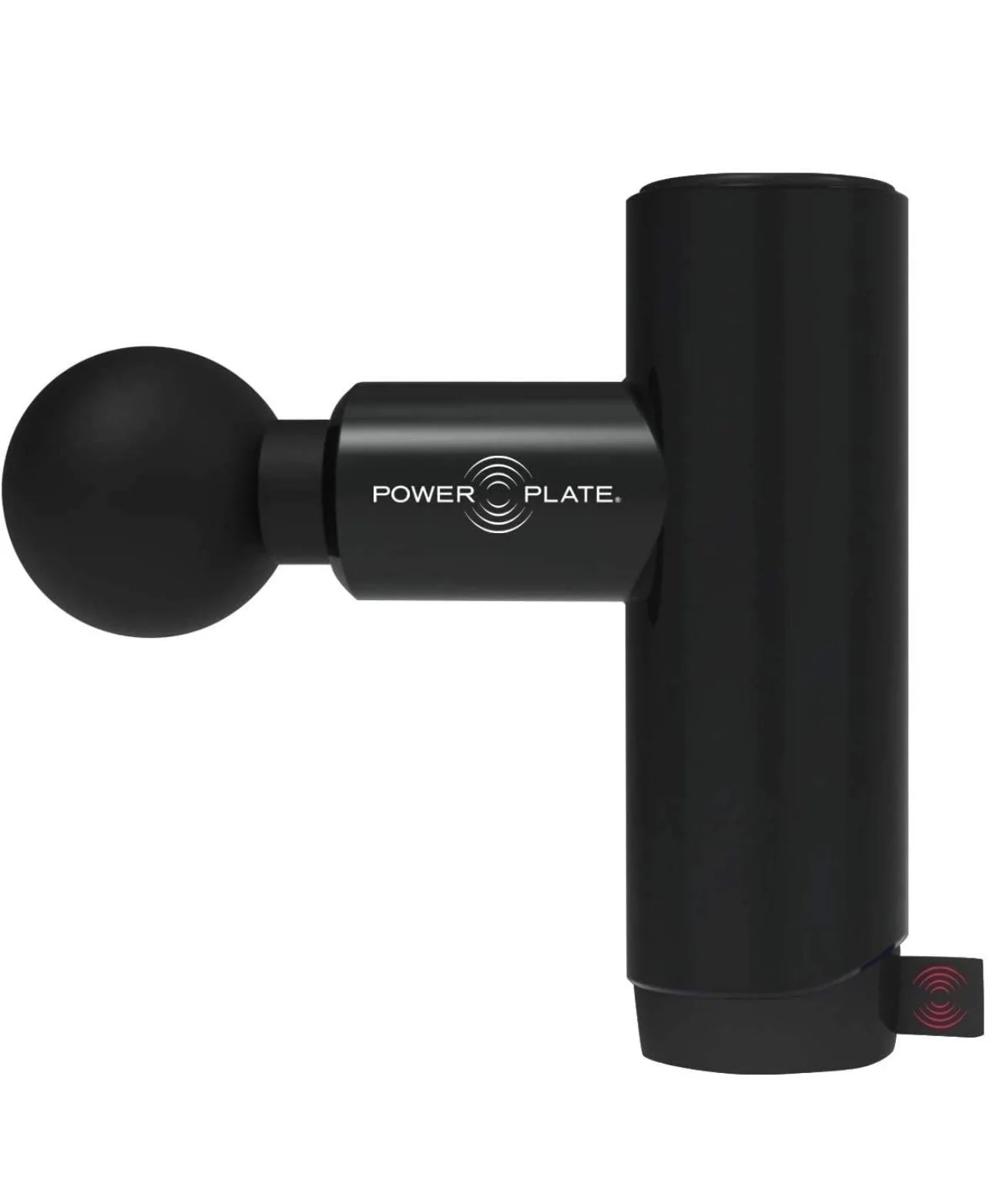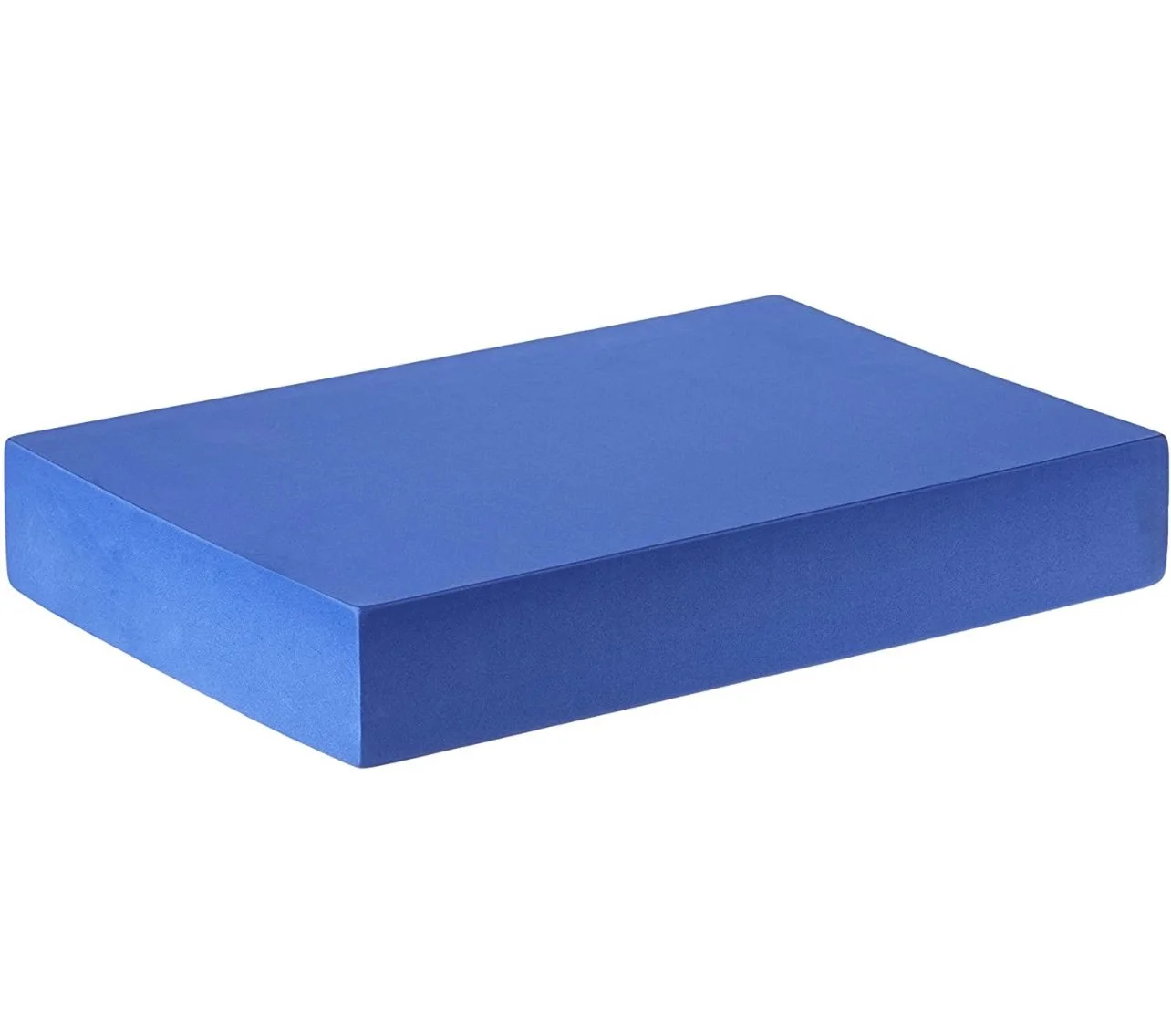Self-Massage Tools
For the past 3 decades, clients have been asking me how often they should be receiving bodywork. I used to say: ideally once a week, but realistically probably monthly. As self-care tools and techniques have evolved, so has my answer. Every day that we move or position our bodies in ways that cause excessive strain and/or tightness, we should counter that with myofascial interventions. For most of us that means every day. Also, for most of us, that means we’ll need to be providing that therapeutic intervention ourselves. Luckily, with the correct set of tools, we can each administer effective, enjoyable, and efficient daily self-massage that keeps our soft tissues pliable and flexible, our skeleton optimally aligned, and our joints mobile through a full range of motion.
The original, and smallest, Tune Up Fitness self-massage rubber ball. I find this size to be best for neck work, and most techniques require a yoga block as well. I've included the yoga block I prefer on this page. For more detailed information about these tools, or to purchase on Amazon, click the image above.
The largest Tune Up Fitness rubber self-massage ball. I find the "alpha" to be the best for gluts and pecs. If those are the primary muscle groups you're targeting, I'd start with this ball. I do find it helpful to have each size, since they're each better suited for different muscles. For more detailed information on the Alpha, or to purchase on Amazon, click the image above.
A low-density foam roll. I started with the harder versions, and have tried all of the textured ones, but enjoy using a softer roll so much more. I'm not a "no pain no gain" therapist. I do prefer using deep pressure where needed, but never want that pressure to hurt. For those of you who get bodywork, I'm sure you recognize the difference between therapeutic deep tissue and painful deep tissue. The softer foam rolls mirror the therapeutic pressure I aim for, and steer clear of the painful version. For more detailed information about the product, or to order on Amazon, click the image above.
The Footlog. The only foot roller I've ever owned. For me, this is perfect. I'm literally using it right now as I type this. I've also had mine about 20 years, so it lasts forever. It's very dense, so if you can't tolerate hard pressure in your feet, it's definitely not the tool for you. (If you need a softer texture to keep it painfree, I recommend the original size Tune Up Fitness balls). For more detailed information about the Footlog, or to purchase on Amazon, click the image above.
The medium sized Tune Up Fitness self-massage rubber balls (basically tennis ball sized). I find these to be the most versatile, so if you're testing the waters and just want to get one size, I'd go with this one. I typically use these for upper and lower back techniques, either against the wall or on the floor. For more detailed information, or to purchase on Amazon, click the image above.
If a lighter and more portable Mechanical Percussion Device makes more sense for you, this is my favorite option. The same technology as the Power Plate Pulse, but half the size and weight. If a client has any kind of upper body discomfort (e.g. shoulders or neck), I prefer they use the lighter tool for their home vibration massage. For a more detailed description of the product, or to purchase on Amazon, click the image above.
The tool I use most with clients: Power Plate Pulse. I think this is the best Mechanical Percussion Device available, and recommend either this or the "Mini" to most of my clients. Power Plate originally developed vibrating platforms for whole-body vibration, the benefits of which are wide-ranging and have been medically studied for years. This device is considered a targeted vibration product. I've taken both a Physical Therapy course and a Massage Therapy course on uses and benefits. It's considered a myofascial intervention with both mechanical and neurophysiological benefits. For a more detailed description of the product, or to purchase on Amazon, click the image above.
A 2" thick yoga block. The neck techniques using the original (smallest) sized Tune Up Fitness balls require a yoga block as well. If you already have one, it's probably 3" thick. That's fine, but when you set the balls on it, it pushes your head very forward, which isn't great alignment. Hence, I prefer the thinner block. For more detailed information about this yoga block, or to purchase on Amazon, click the image above.







